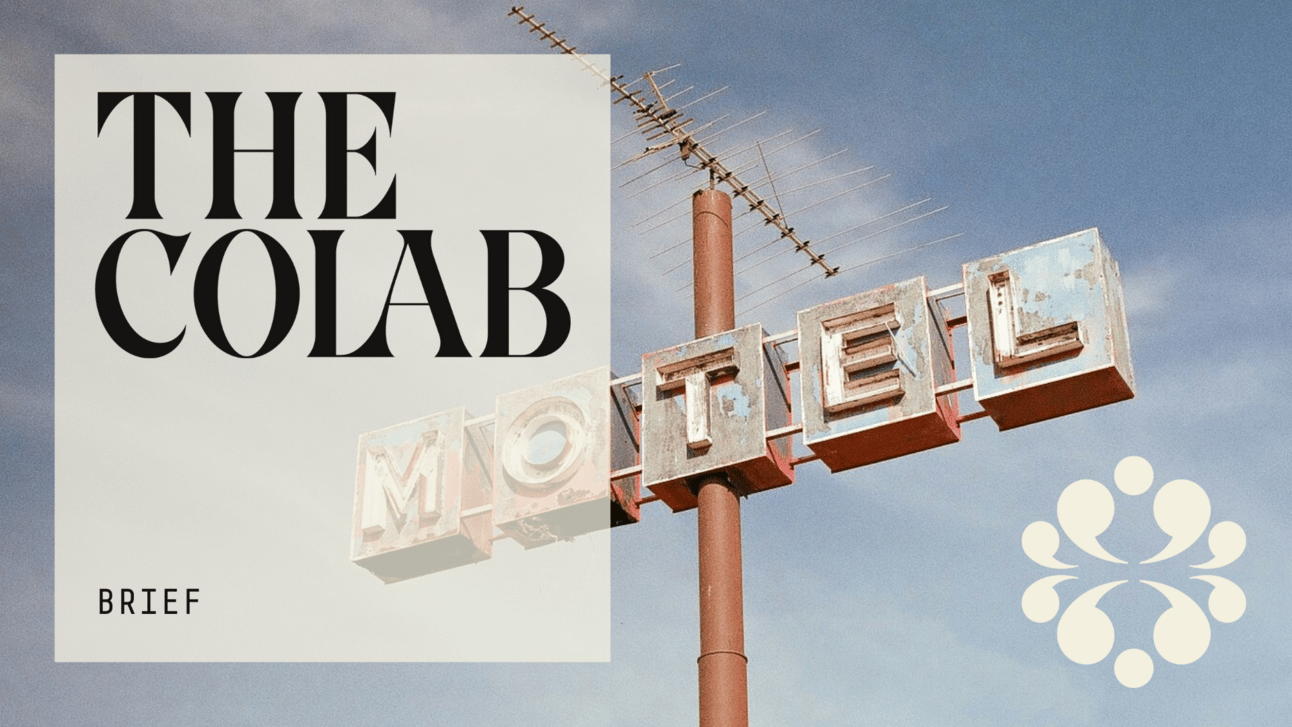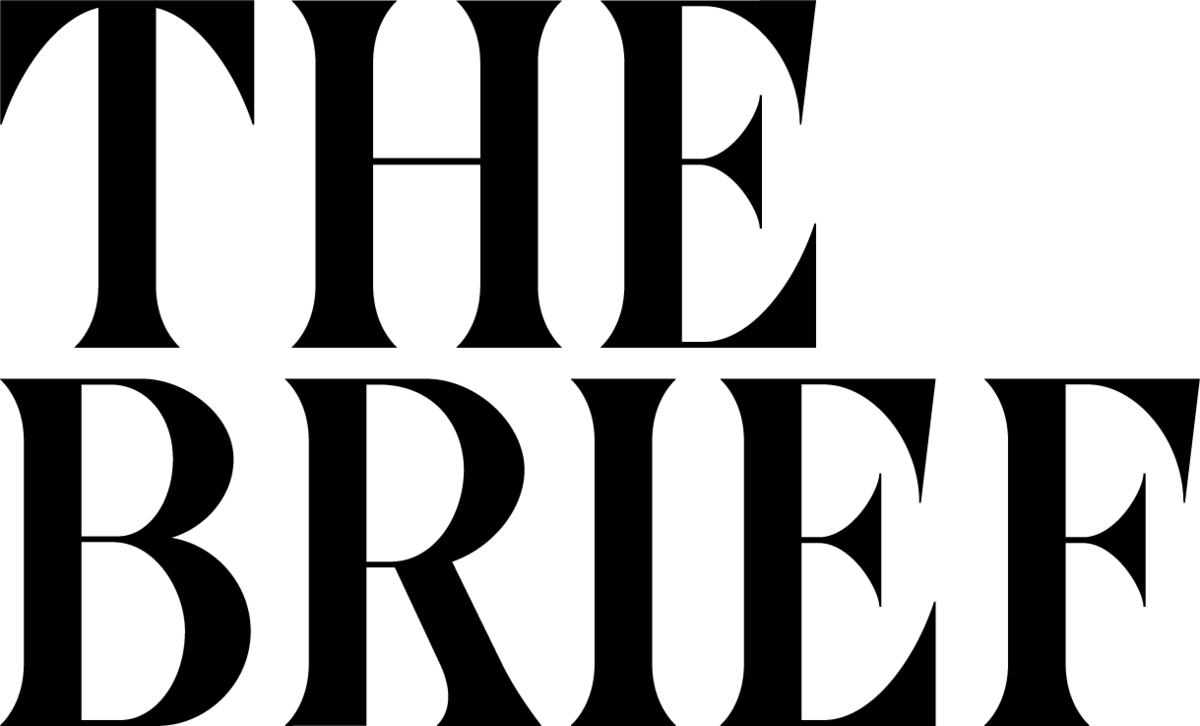16,621 founders and comms leaders start their weekend with The Colab Brief.
Join them to get weekly analysis of PR trends and non-traditional media moves.

5 PR Lessons from Duolingo's Dead Owl
If you’ve been on the internet this week, you’ve probably heard about the untimely demise of everyone’s favorite owl, Duo.
Most brands couldn’t pull off murdering their mascot. But Duolingo is the master of unhinged social campaigns, regularly dividing the internet with their chaotic-good videos and replies.
They’re also the master of spinning their social campaigns into broader press coverage. One source estimated Duo has racked up 131 million social impressions. They’ve also landed dozens of press articles, from USA Today to NPR.
Most B2B startups won’t get (and don’t need) mass media coverage. But building brand awareness and press relationships is a long game. Journalists—especially in trades and newsletters—are more likely to cover brands they recognize. So to honor the late Duo, let's break down their playbook and see how any startup can apply it to their brand:
How Duo Does It:
Riding culture waves: If the internet's talking about something, Duo's talking about it too. The Eras Tour, Brat Summer, Squid Games… Duo was in attendance or sharing their take. But they don't just post—they pitch. Their Charli XCX collab landed in Ad Age, Vogue, and the New York Post.
Mining their data: When TikTok users fled to Rednote, Duo spotted a 217% spike in Mandarin lessons. They turned that into coverage in TechCrunch, CNBC, and Fast Company.
Committing to the bit: Duolingo has a long running, and well publicized, obsession with Dua Lipa. The lore runs so deep that the star herself tweeted about Duo's death. Result? Stories in CNN, Billboard, and dozens more.
4 Ways to Make This Work for Any Brand:
Not all startups have the audience (or budget) to drive mass media coverage. But every brand can create a devoted audience and moments worth covering:
Build a visual identity
You don’t need a mascot to have a strong visual brand. You just need to stand out from your competitors.
Ever notice how many AI tools are denoted by a star symbol? Notion launched its AI tool with a face instead. That choice landed them in Fast Company.
Notion also uses its unique design to engage users. Their custom avatar tool generated a ton of user buzz (and free advertising) on social.
Lean into stunts
We’ve written about stunts before; it bears repeating because of just how effective it can be for driving press.
The latest example - Firecrawl got a TechCrunch story after posting the ‘first job ad for an AI agent’.
Create hype
Have some fun with your users. Have a big new product coming? Tease the launch and build some suspense.
If you have a bigger budget, you can look at how Runway ‘took over tech Twitter’.
Or you can keep it simple: Linear teased a launch with a simple gif; Youtuber MKBHD regularly teases new videos with a one-line tweet.
Let your data tell stories
You probably have more interesting data than you think. Ask yourself what the biggest news stories are and how you can support that story with data:
Running a job board? Share hiring trends with labor reporters
Building dev tools? Track programming language adoption
Have e-commerce analytics? Report on shopping pattern shifts
Have some fun
Notion posts memes that speak to their community of die-hard productivity lovers.
AI startup, deeplearning.ai, built a million-strong LinkedIn following posting memes poking fun at the AI hype.
The TL;DR: Getting great press doesn't require going viral. It's about having a sense of identity, zigging when your competitors zag, and consistently showing up in the right channels for your audience (humor doesn’t hurt, either). Consistency and creativity beat one big launch followed by months of silence, every time.
📱 New in non-traditional media
Tracking the newsletters, podcasts, and creators reshaping media influence.
📰 In the news
FeedMe gets a NYT profile
Emily Sundberg’s Substack, FeedMe, has racked up 60k followers and an estimated $400,000 in annual revenue. Read about how she did it here.
LinkedIn's organic reach drops
Creators on the platform are seeing reduced engagement, suggesting LinkedIn may be moving toward a pay-to-play model.
Slow Ventures bets on creatorsThe VC firm raised $60M for a dedicated creators fund. They’ll invest in creator businesses and individual creators, with an emphasis on YouTubers.
🎤 Spotlight on cybersecurity creators
Looking to round out your coverage with more newsletters and podcasts? Here are some favorite non-traditional media outlets to pitch your next story [cybersecurity edition]:
33K+ subscribers on Substack
Podcast features in-depth interviews with cyber execs
Focus on operational security and industry trends
29k+ subscribers
Weekly newsletter exploring cybersecurity trends and news
Written by a former cybersecurity journalist turned CISO
17k+ subscribers
Focus on cybersecurity startups and venture capital
One of the longest-running cybersecurity podcasts
Technical deep dives and industry news
Multiple shows covering different security angles
Weekly security podcast with Patrick Gray
Known for candid analysis of major security events
Strong following among security professionals
⭐ Favorite story of the week:
OpenAI’s efforts at pure scaling have hit a wall -
Gary Marcus is a true example of thought leadership. He's become the media's go-to voice of AI skepticism by having a focused message (consistently challenging AI hype and advocating for industry safeguards) and staying consistent even when it’s unpopular.
⚡ Steal this pitch
Here’s a pitch we used to land our client in a Tier 1 outlet by drafting off the news of Stargate:
Pitch:
On the heels of the U.S. unveiling the $500 billion "Stargate Project," the largest AI infrastructure initiative in history, it’s crucial to address the environmental toll of artificial intelligence. The rapid expansion of AI systems is increasing energy consumption, with ChatGPT producing the same amount of CO2 emissions as 260 flights from New York City to London each month. AI workloads consume up to 10 times more energy than traditional computing tasks, and if current trends persist, U.S. data centers could account for 9% of the nation’s electricity use by 2030, highlighting the urgent need for sustainable solutions.
[NAME] at [COMPANY] can discuss the climate implications of AI and data centers, providing actionable insights into balancing AI innovation with sustainability goals.The Climate Paradox of AI: How can we harness AI’s potential without exacerbating climate change?
Innovative Solutions: From clean energy integration to advanced cooling systems, what are the most promising ways to reduce data center emissions?
Policy Implications: What role should governments play in regulating and incentivizing greener tech practices?
💫 Client Wins
Our clients are making headlines. Check out coverage our clients got in NPR, Yahoo Finance, and Pymnts.
Want coverage like this? Say hello.

Like The Colab Brief?
Share with your friends
Micro-Engagements (Now Live!)
The Colab PR Template Pack (Now Live!)
SWAG [Exclusive]
The future of presentations, powered by AI
Gamma is a modern alternative to slides, powered by AI. Create beautiful and engaging presentations in minutes. Try it free today.


